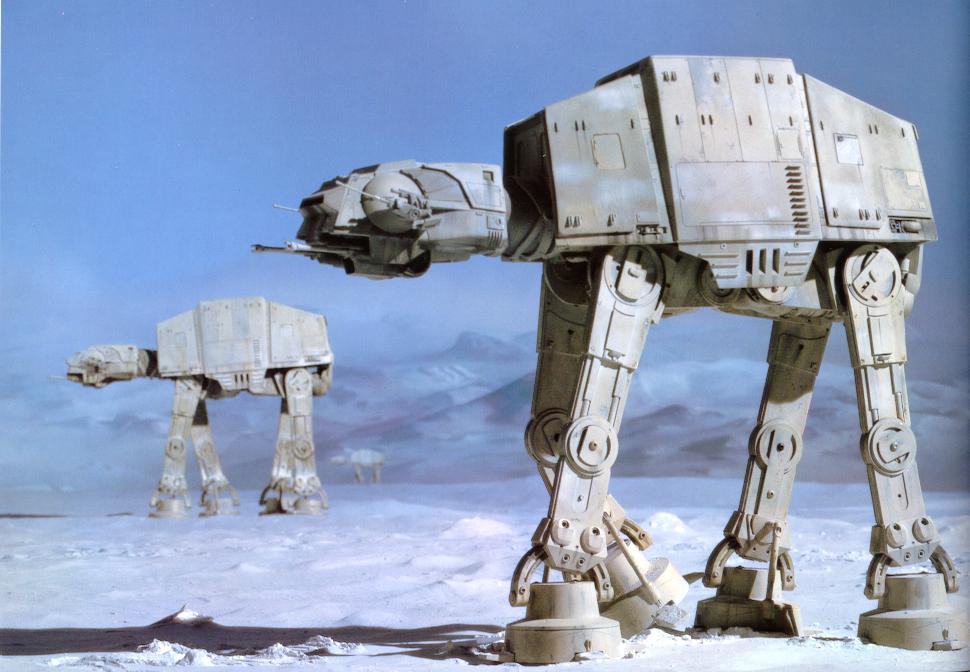After completing my SS2 2D animation final, I have less than 2 months before the deadline. I have decided to create my 2nd Final piece and move on to Visual effects because I am deeply in love with big famous movies such as Iron man, Batman, Transformers, etc... I would love to film and direct my own movie, but more importantly I would like to focus on post production, which involves compositing and adding Visual effects. I am particularly in love with colour correction and colour grading.
Before I get started, I have done a bit of research about special effects and visual effects.
History Of Visual Effects
Before I get started, I have done a bit of research about special effects and visual effects.
History Of Visual Effects
Motion pictures is one of the earliest form of entertainment technology, people usually are entertained just by watching normal everyday reality footages. As time passes by, people were able to produce comedy skits. Other people used the first magic camera tricks just by stopping the camera and changing the scenes and playing it back again. Double exposure also began just by layering one footage on top of each other and this began the art of special effects. George Melies a famous magician became the father of movie special effects. He is well known for creating the first Sci-fi genre "A trip to the moon" it is a combination of animation, theatre play and special optical tricks.
George produced 4000 films in all and discovered new techniques as he goes along. Many film makers these days are inspired of his work and working processes, people these days are improving and working on more realistic special effects.
A popular iconic movie King Kong is one of the most loved character that has brought to life by special effects. It is a combination of stop motion animation and real life acting. Special effects has been used because there is no such thing as a giant gorilla and there are impossible scenes to shoot which are very dangerous to accomplish, even scenes have to be recreated by mostly creating a set and combining it using matte painting usually done in glass. this is done depending on how realistic the scenes they wanted it to be. During 1933 people believed King Kong was real because people have never seen this kind of film before, it is quite new at the time.
looking at this image the footage of the girl is layered on top of the footage of the stop frame animation of king kong and parts of the background has been matte painted on. They have also used projection on the background for the live action.

In the first Star wars movie, they have been inspired from King Kongs Stopmotion effect to animate the robots AT-AT, these where all animated frame by frame to bring models to life.

Artificial visual or mechanical effects introduced into a movie or television show. The earliest special effects were created through special camera lenses or through tricks such as projecting a moving background behind the actors. Greater flexibility came with the development of the optical printer, which made it possible to combine separate pieces of film and replace part of an image, thus allowing for effects such as characters flying through the air. Special effects have also been created mechanically on the set through the use of devices such as wires, explosives, and puppets and by building miniature models to simulate epic scenes such as battles. The growing use of computer animation and computer-generated imagery has produced increasingly elaborate and realistic visual effects. Though each movie studio formerly had its own special-effects department, effects are now created by private companies such as George Lucas's Industrial Light and Magic, formed to provide the revolutionary effects seen in Star Wars (1977) and later movies.
But as time progress, animators and film makers started to used more CGI computer generated imagery to create a much more fluid animation and it has a much more easier way to manipulate, Visual effects involve the integration of live-action footage and generated imagery to create environments which look realistic, but would be dangerous, costly, or simply impossible to capture on film. Visual effects using computer generated imagery has recently become accessible to the Independent filmmaker with the introduction of affordable animation and compositing software.
Visual effects are often integral to a movie's story and appeal. Although most visual effects work is completed during post-production, it usually must be carefully planned and choreographed in pre-production and production. Visual effects are designed and edited in Post-Production, with the use of graphic design, modeling, animation and similar software, while special effects are made on set, such as explosions, car chases and so on. A visual effects supervisor is usually involved with the production from an early stage to work closely with production and the film's director to achieve the desired effects.


Visual and Special Effects Techniques
_____________________________
- Bullet time
- Computer-generated imagery (often using Shaders)
- Digital compositing
- Dolly zoom
- In-camera effects
- Match moving
- Matte (filmmaking) and Matte painting
- Miniature effects
- Morphing
- Motion control photography
- Optical effects
- Optical printing
- Practical effects
- Prosthetic makeup effects
- Rotoscoping
- Stop motion
- Go motion
- Schüfftan process
- Travelling matte
- Virtual cinematography
- Wire removal

No comments:
Post a Comment